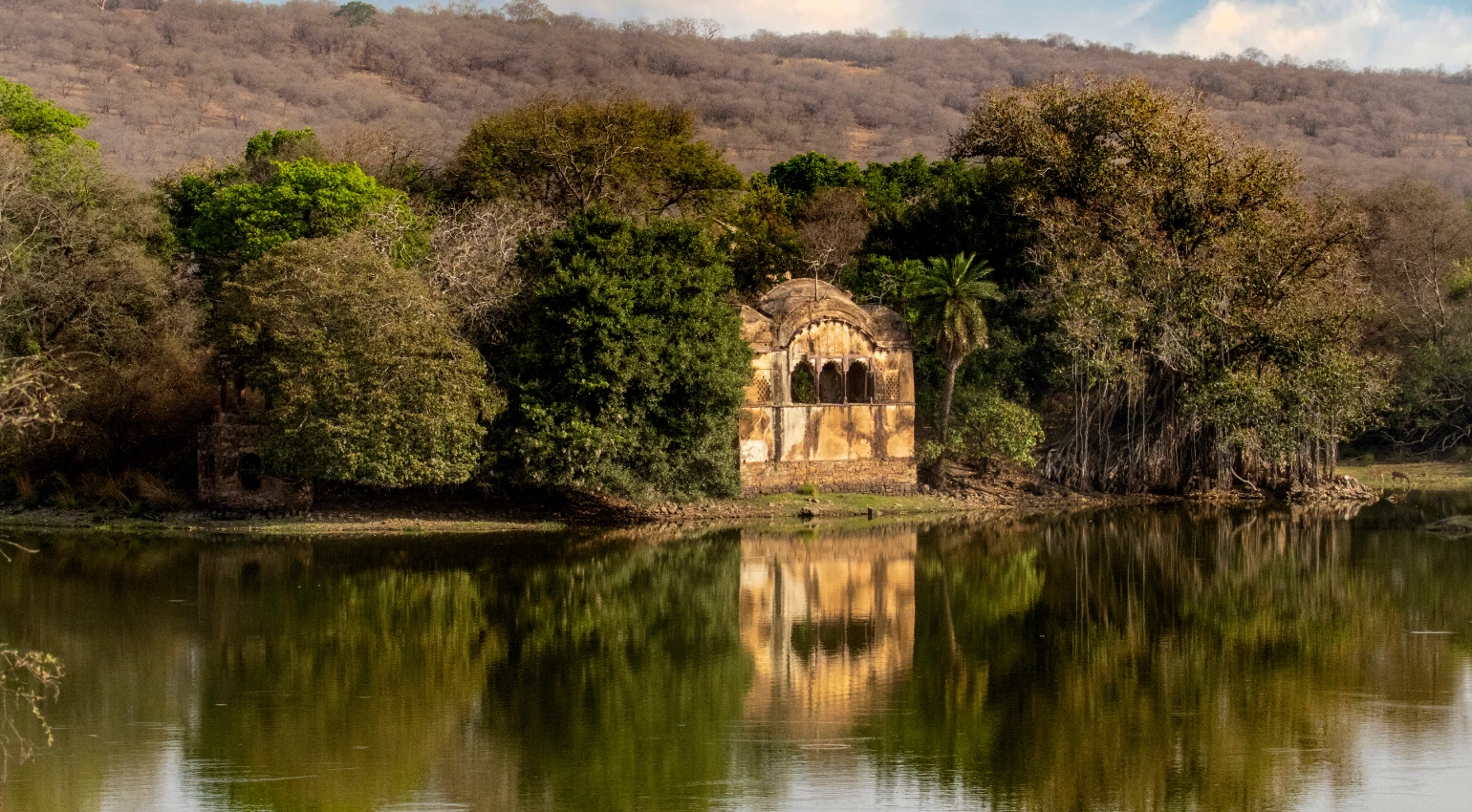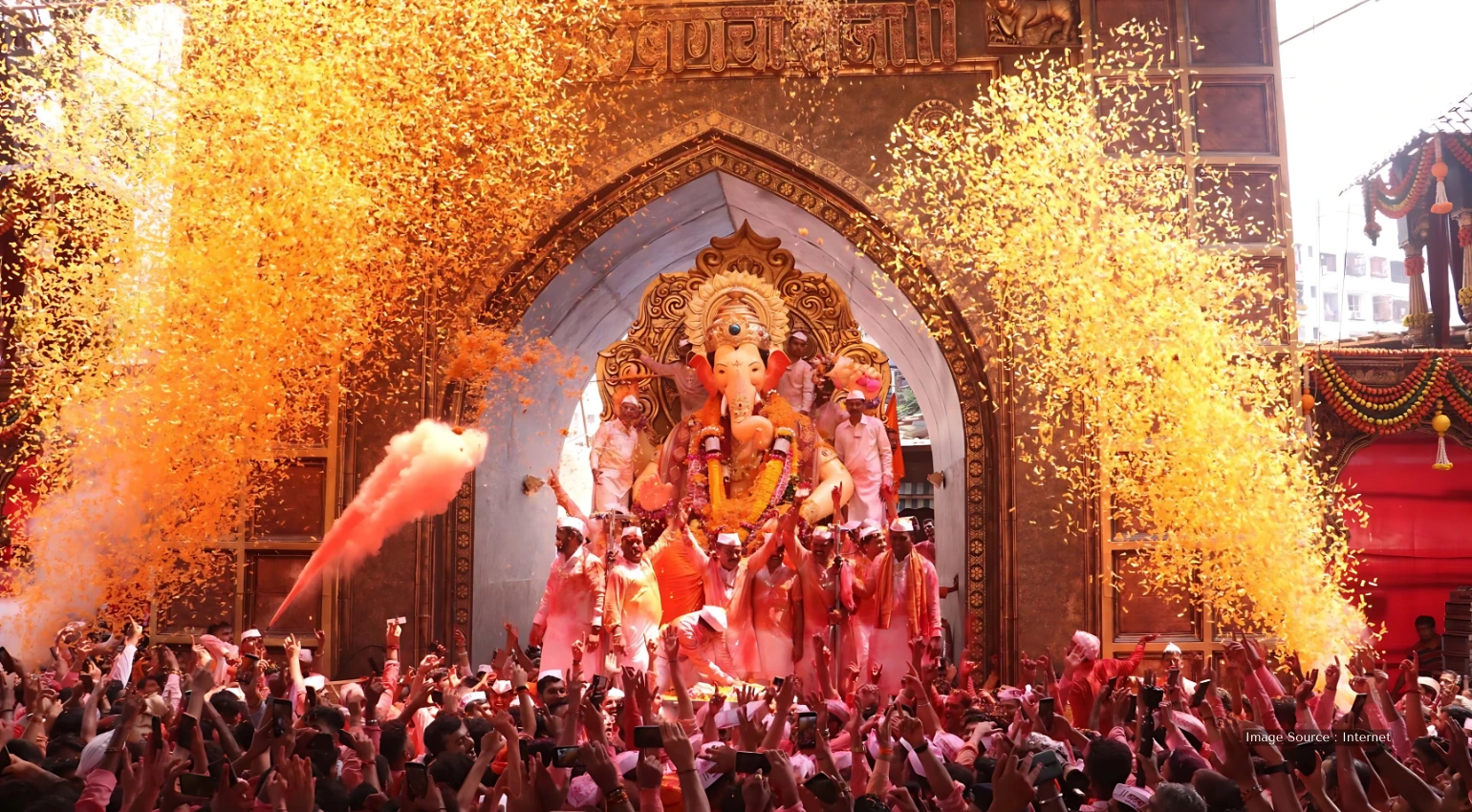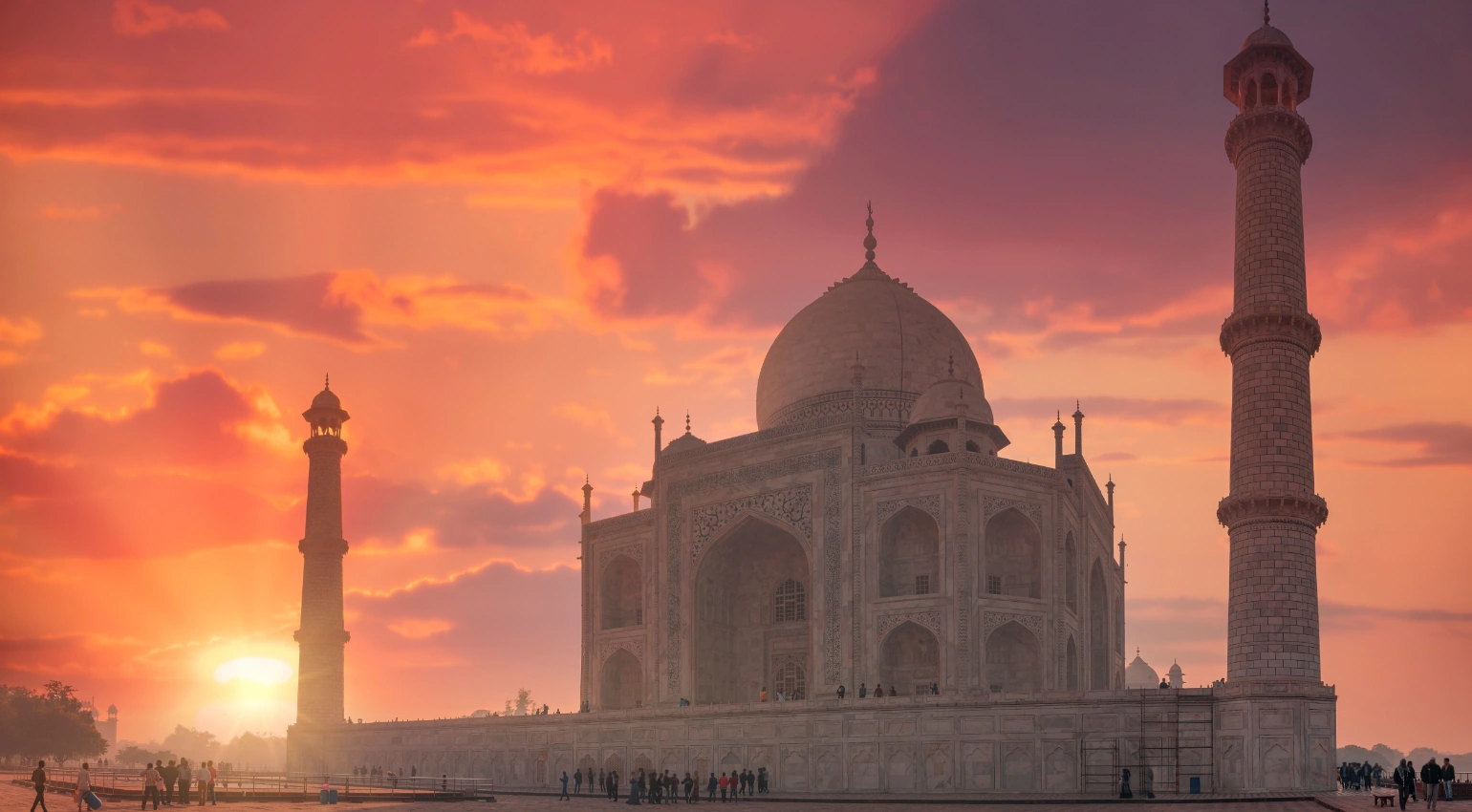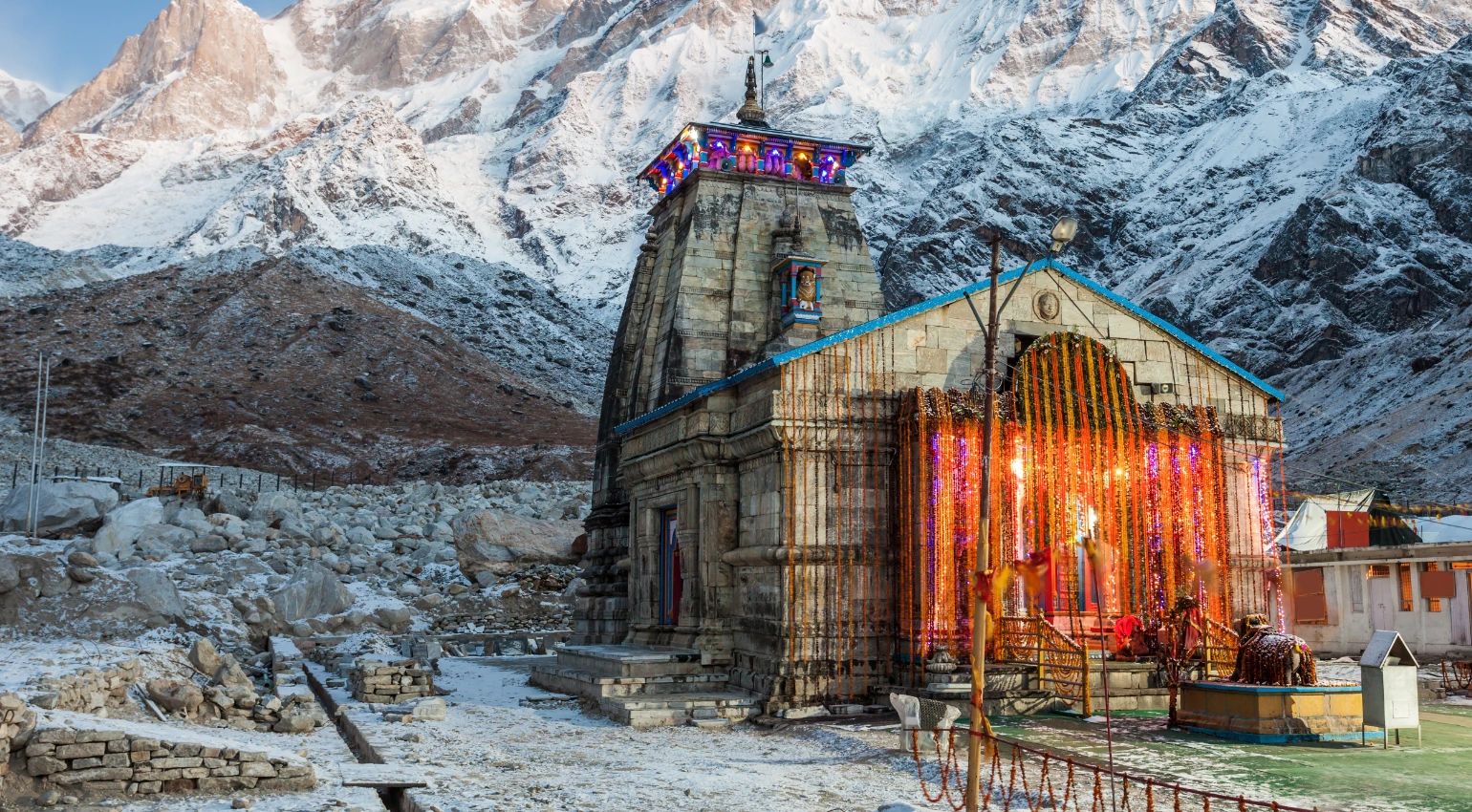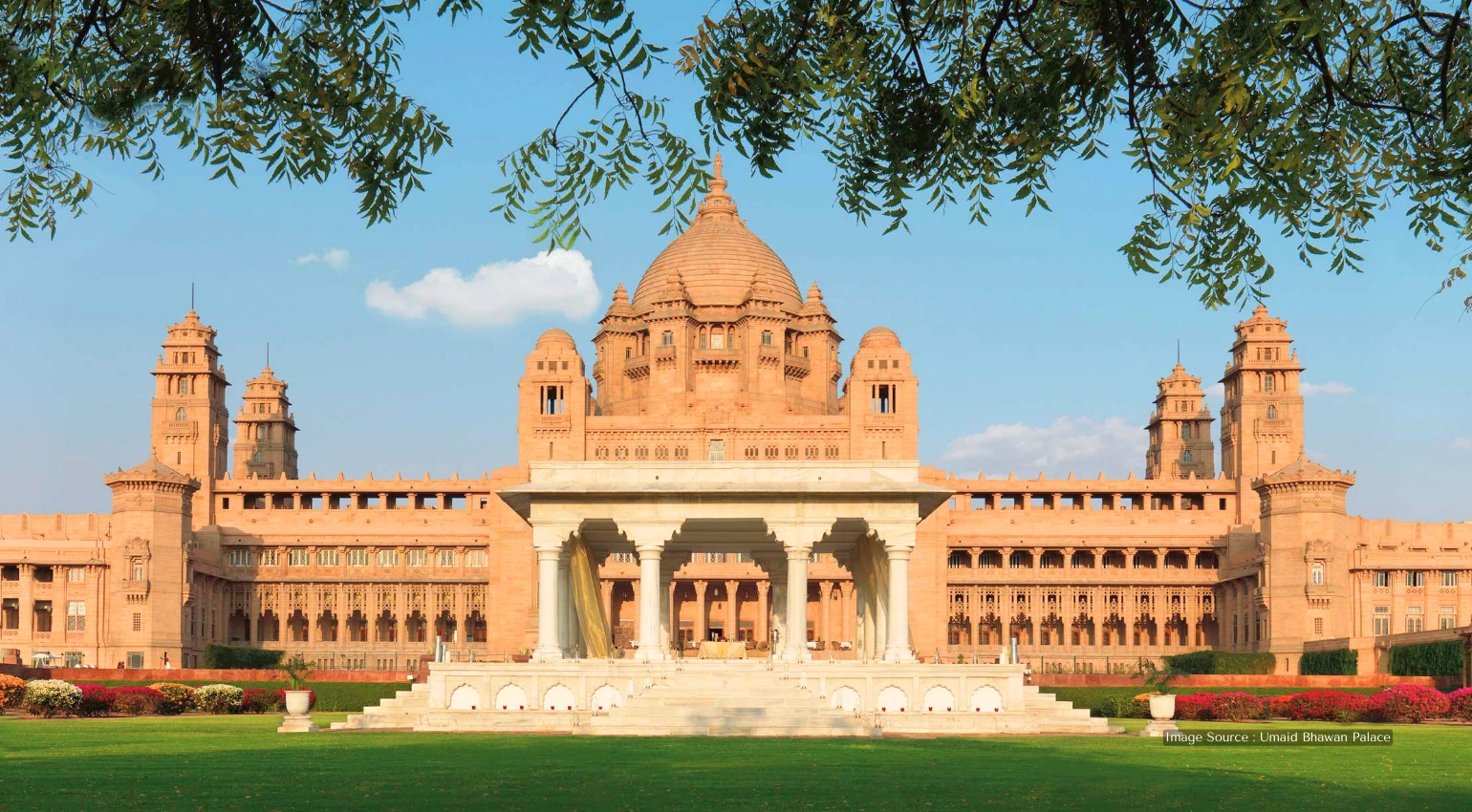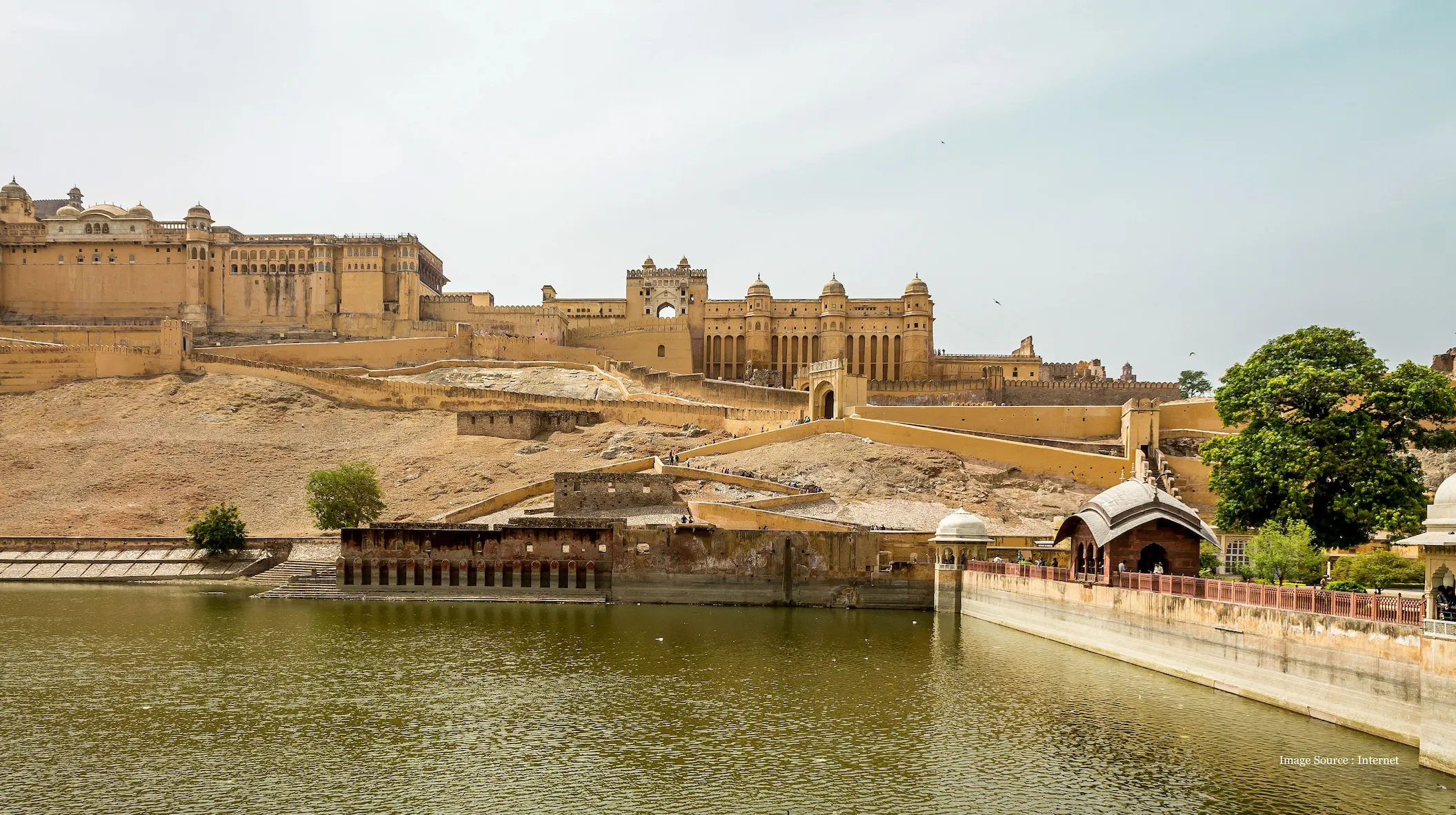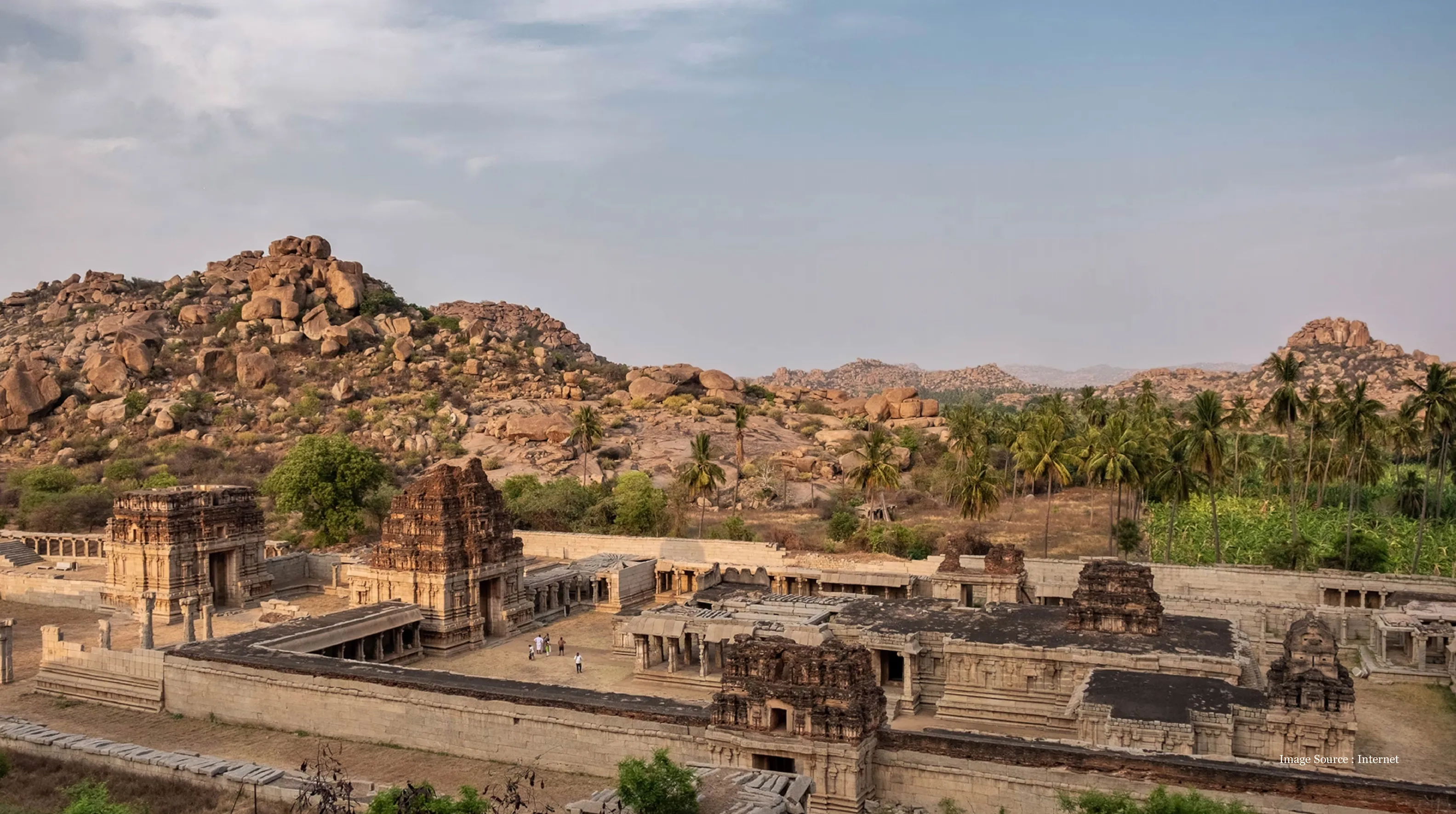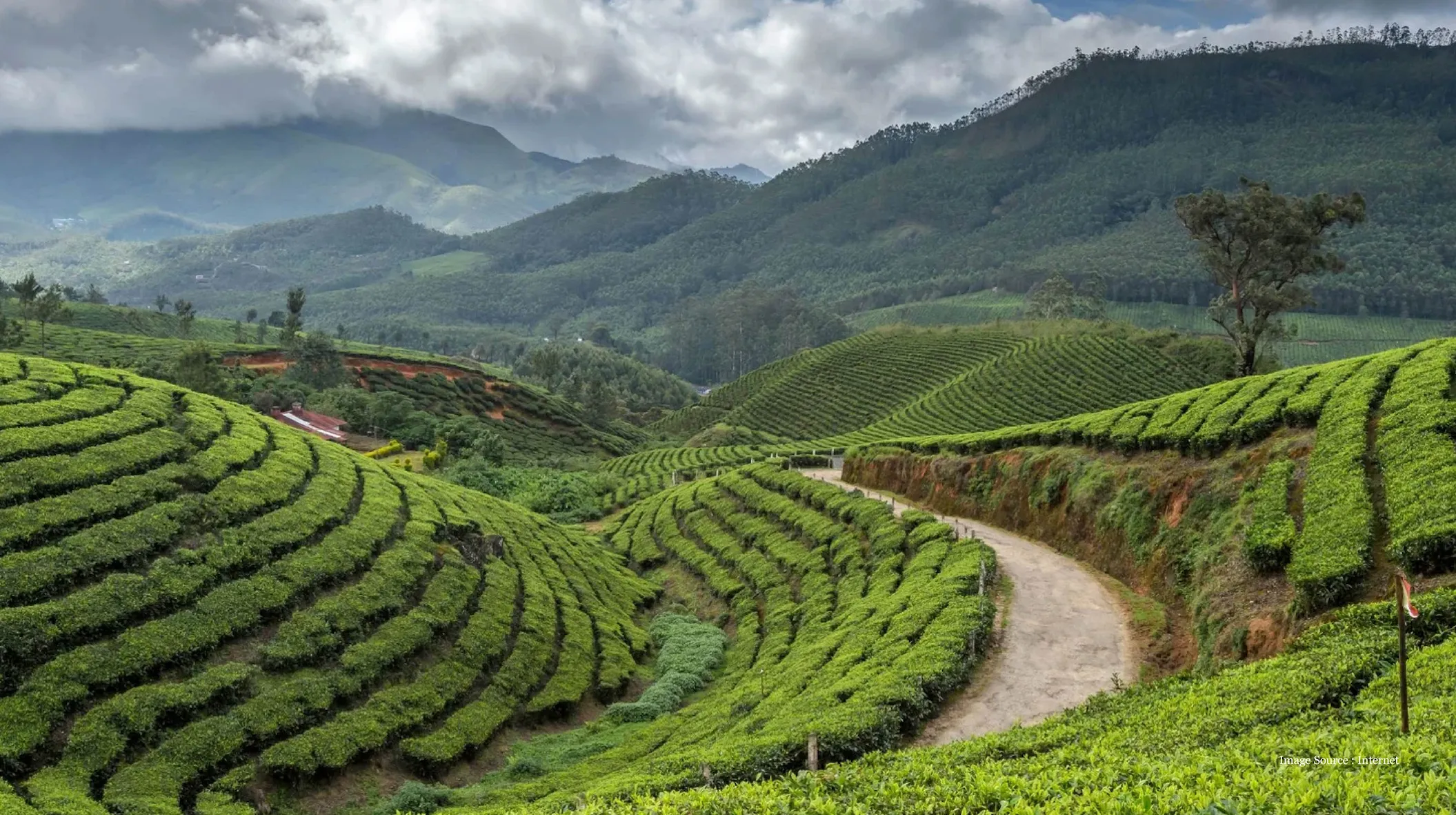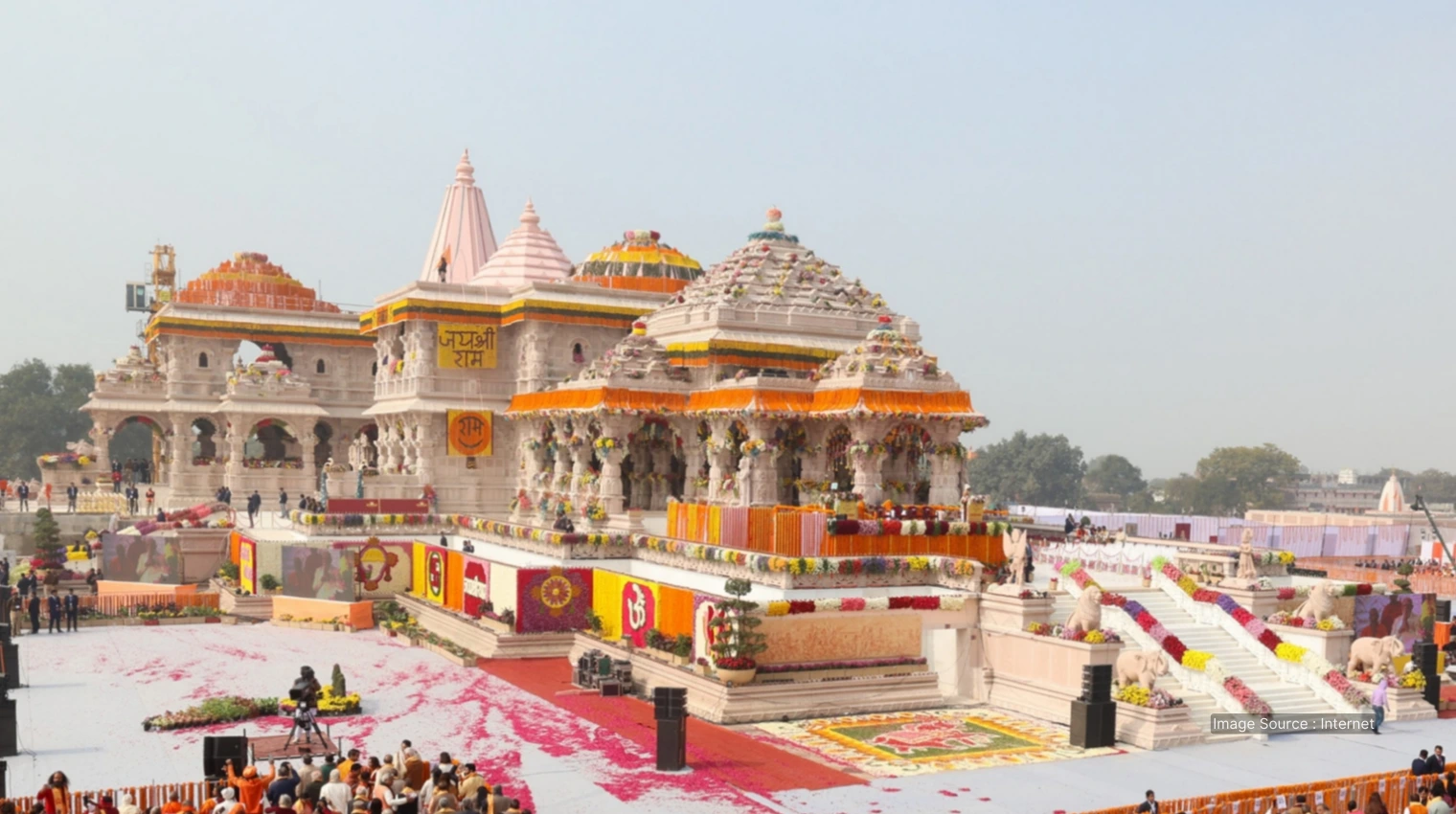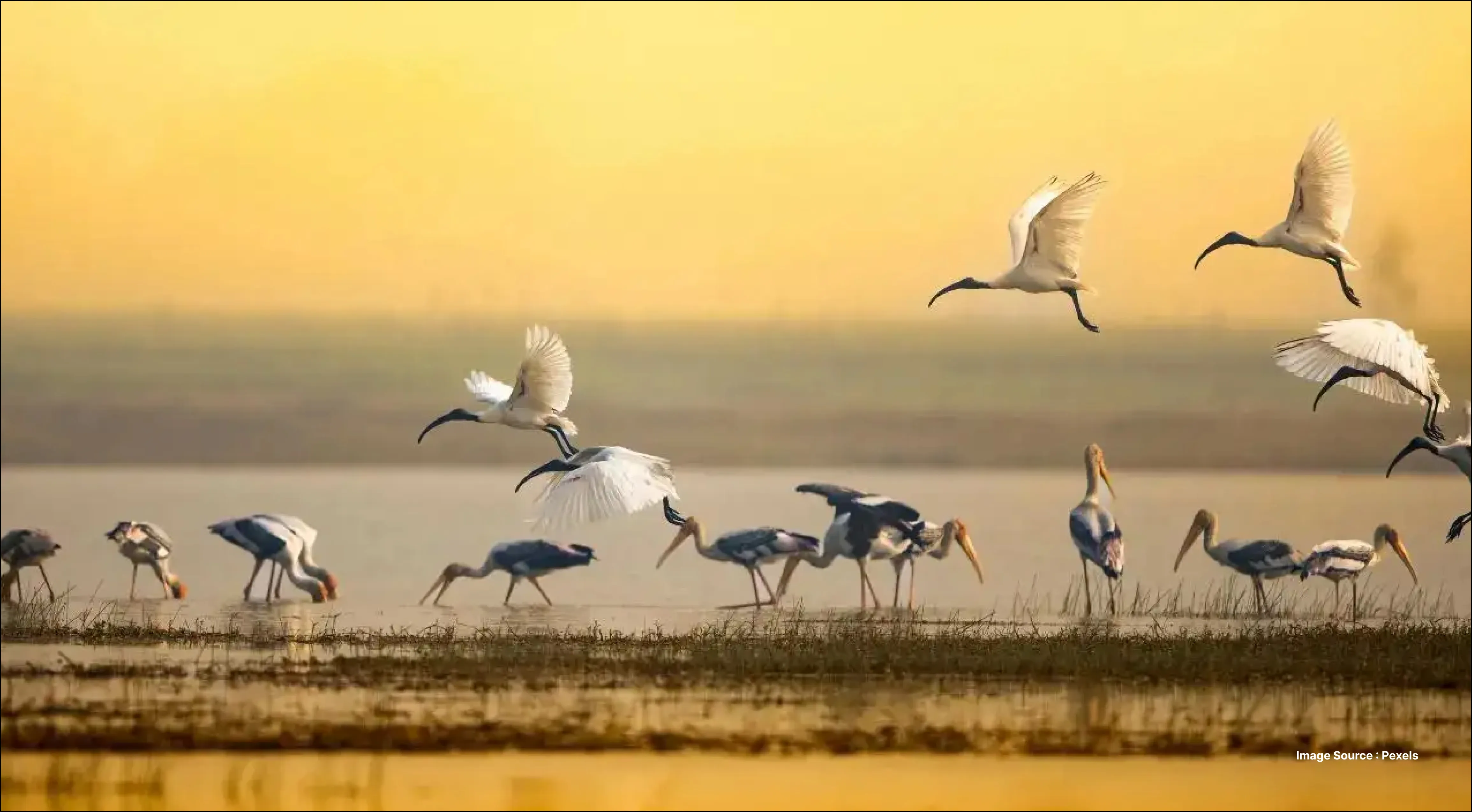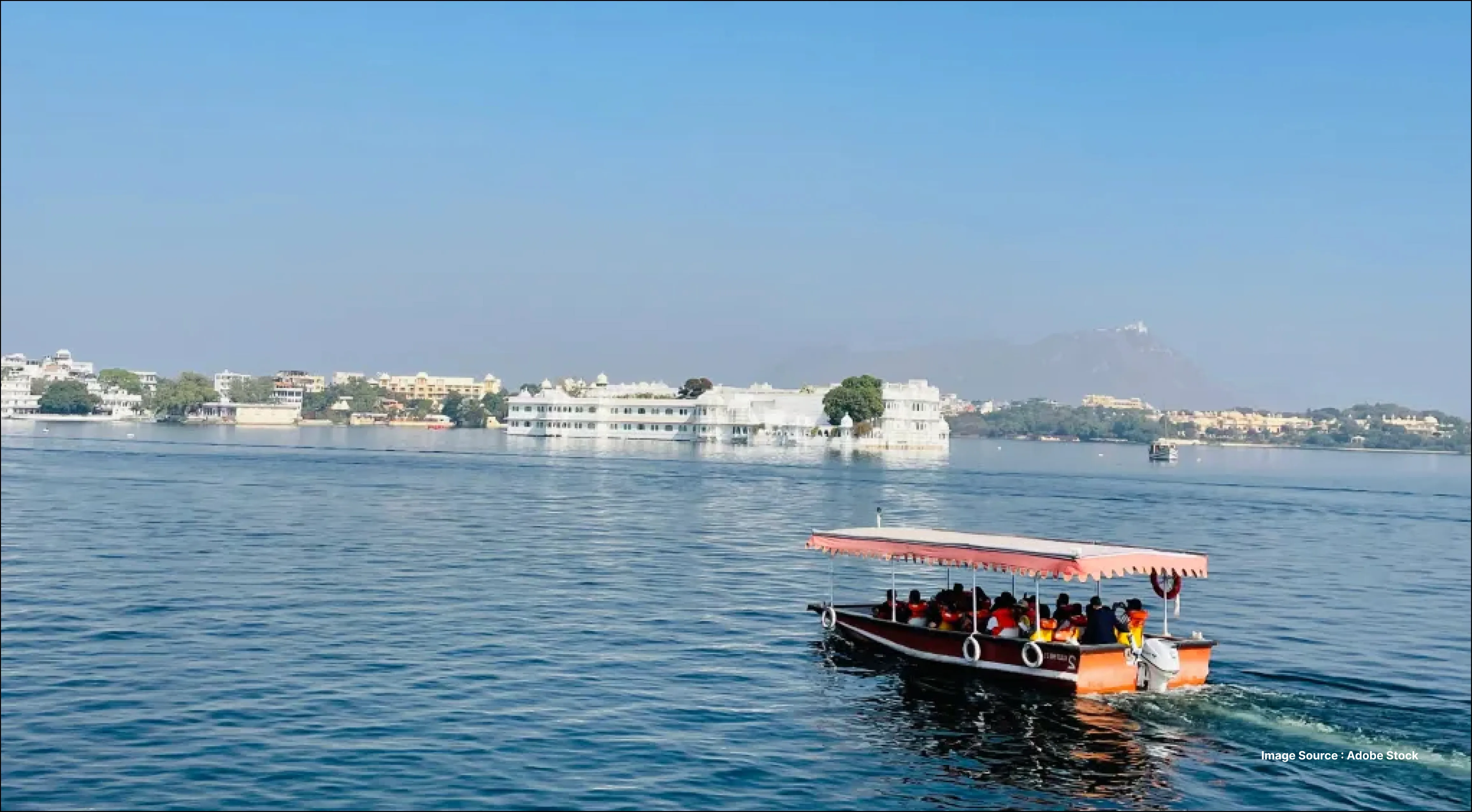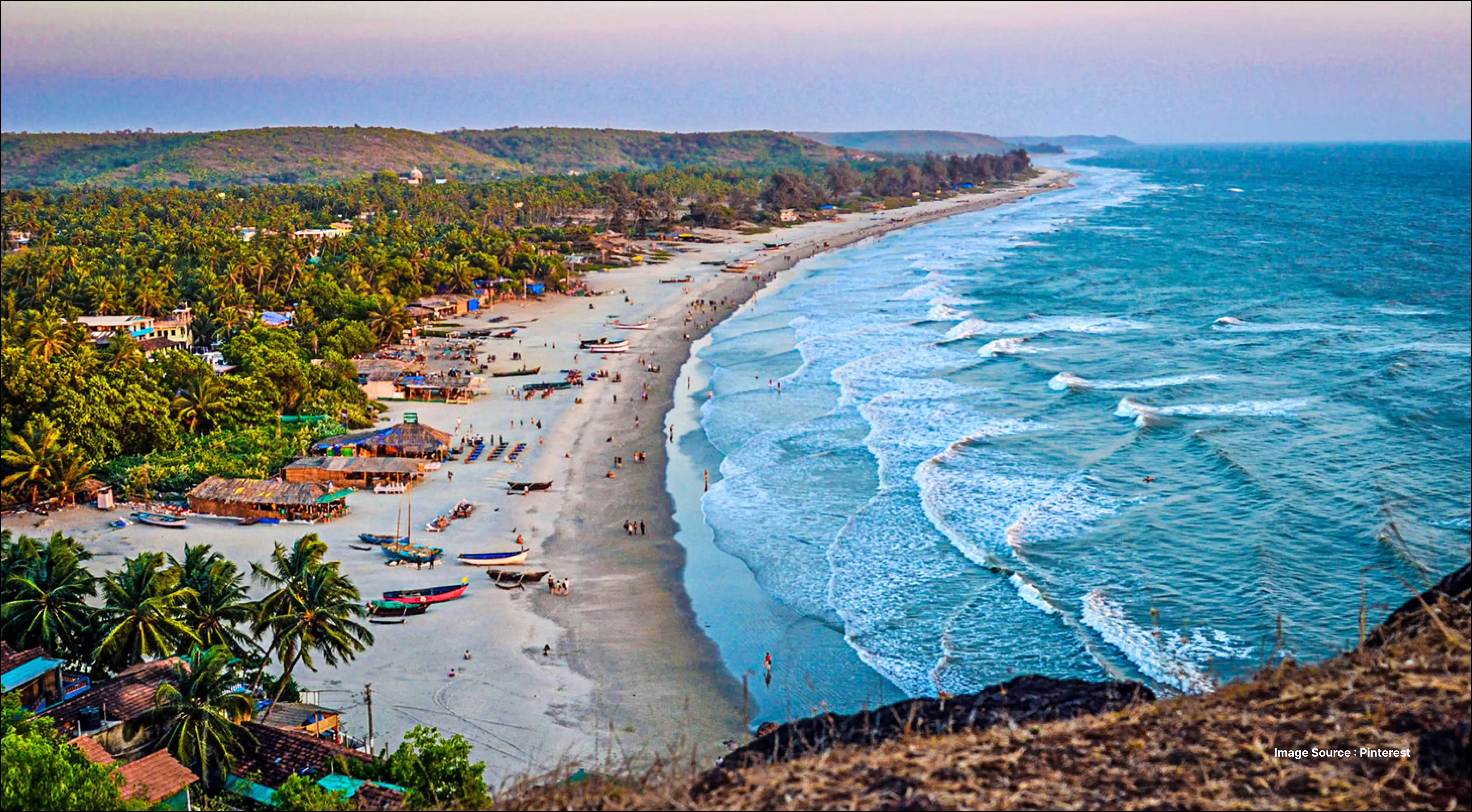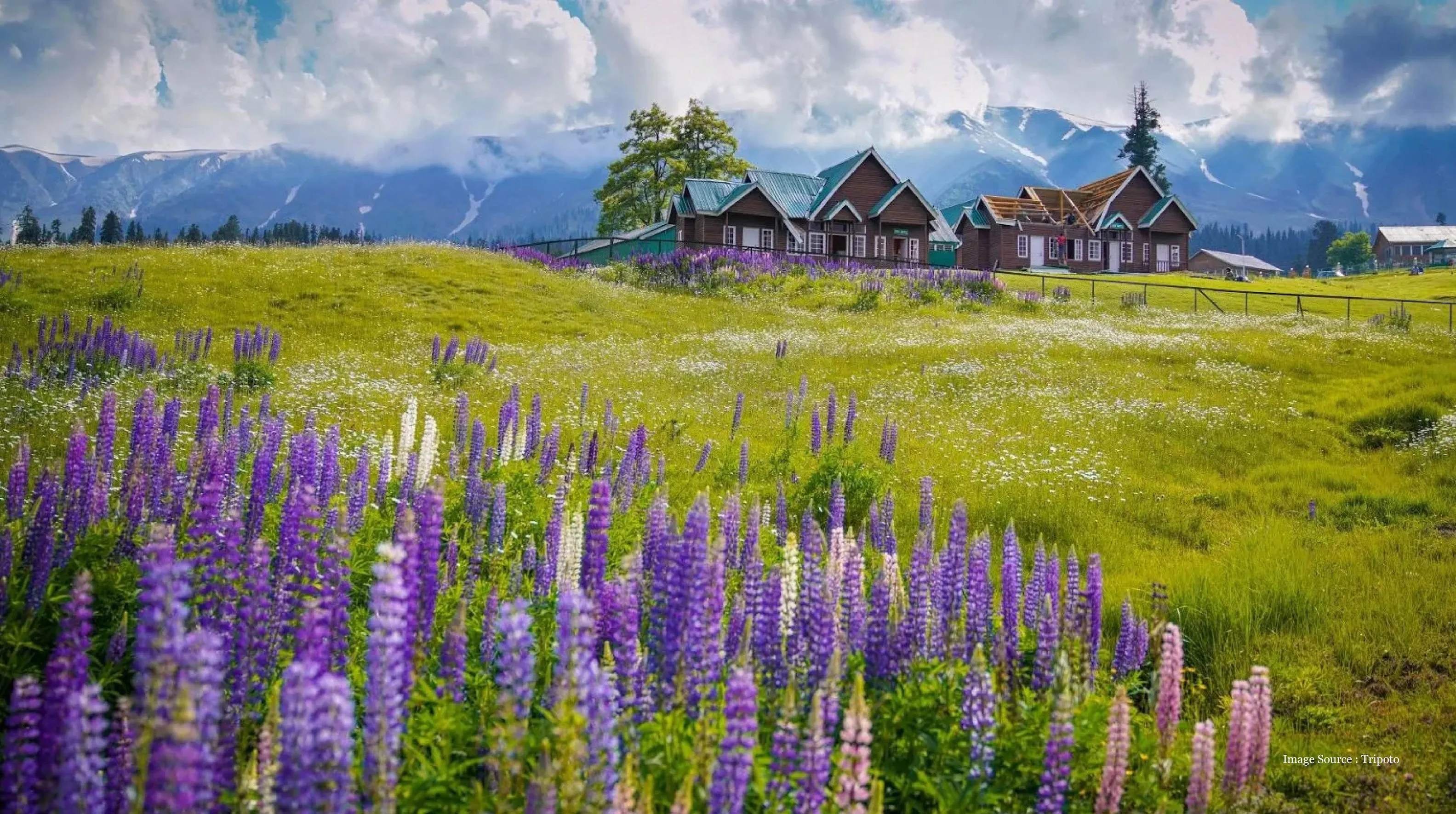- Table of Contents
- Why Choose a Luxury Sustainable Trip to India?
- Which Region Has What Kind of Climate?
- Wardrobe Essentials for Every Destination
- What to Pack and What to Avoid?
- How to Make Your Bag Lighter for Travel—What to Leave Behind?
- What is Smart Packing—Luggage Tips for Sustainable Travelers
- Travelosei—Your Tour Partner
- Conclusion
- FAQS
- What to Pack
- What to Avoid
Last Updated : Nov 06, 2025 | Author : Tanya Prasad | View Count : 1162 | Read Time : 8 min
India Guide Book: Pack Smart for Luxury Sustainable Travel
A luxury sustainable trip to India means smart packing with a stylish yet comfortable wardrobe and India guide book. From necessary toiletries to clothes, smart packing ensures your journey is stylish yet comfortable. Here is a detailed version of all the necessary items you may carry and what to avoid during your India trip this year.
Want to know how to pack smart and sustainably for your luxury trip to India?
Packing for a luxury sustainable trip to India should contain only important and essential items. Prioritize lightweight luggage with ethical items and biodegradable toiletries, which will help in minimizing your environmental impact. Pack smart, not heavy.
Table of Contents
- Why Choose a Luxury Sustainable Trip to India?
- Which Region Has What Kind of Climate?
- Wardrobe Essentials for Every Destination
- What to Pack and What to Avoid?
- How to Make Your Bag Lighter for Travel—What to Leave Behind?
- What is Smart Packing—Luggage Tips for Sustainable Travelers?
- Travelosei—Your Tour Partner
- Conclusion
- FAQ
Why Choose a Luxury Sustainable Trip to India?
If you want to experience India in a luxurious yet sustainable way, you must be environmentally responsible. To make your journey mindful, you should choose a luxury sustainable trip to India because:
- Authenticity over mass tours
You should choose a bespoke and eco-friendly journey that offers authentic experiences. These are the best ways to understand a region’s culture and many other things. - Slow travel and deep connection
Instead of rushing during your trip, sustainable luxury trips encourage longer stays, so you can connect deeply with India’s heritage and people. - Easily accessible, untouched places
Sustainable tourism in India also offers travelers the chance to explore the less-visited regions. These are the places that are often overlooked by travelers during their luxury journey. - Personalized experiences
You can also design your itineraries to get the best personalized experiences. There are many eco-friendly things you could include in your journey—solar-powered rides or ethical wildlife tours. - Guilt-free activities
You can enjoy spa retreats, organic dining, and 5-star accommodations that support the environment by delivering mindful lessons. - Inspiring stories
End your journey on a positive note—learn about the culture, sustainability, and self-discovery. It is the perfect trip for eco-friendly luxury travelers.
Which Region Has What Kind of Climate?
If you are planning a luxury sustainable trip to India, then you must know about its diverse climate, which may vary according to region.
Here’s what kind of climate each region in India experiences throughout the year:

- North India
it covers the Himalayan region, Delhi, Punjab, and Uttar Pradesh.
The winters are usually cold, the summers are hot, and the monsoon season lasts from July to September. - Western India
It covers the states of Rajasthan, Gujarat, and Maharashtra.
Some regions are extremely hot during summers with cooler winters, while some regions are humid with heavy monsoon rains. - Eastern India
The regions covered are West Bengal, Odisha, and Bihar.
The climate is humid summers are hot, monsoons are intense, and winters are mild.
Design Your Bespoke Rajasthan Journey with Our Experts
- Southern India
The states of Kerala, Tamil Nadu, Karnataka, and Andhra Pradesh come under this region.
Tropical climate and moderate temperatures—southwest and northeast monsoons. - Central India
Madhya Pradesh and Chhattisgarh fall under this region of India.
It’s a transitional zone—hot summers, moderate monsoons, and cool-dry winters. - Northeast India
Assam, Meghalaya, Arunachal Pradesh, etc., are the main regions.
Extremely humid and rainy season—heavy monsoons and mild winters. - The Islands
Island regions like Andaman & Nicobar and Lakshadweep.
Tropical marine climate—high humidity, warm temperatures, and consistent rainfall.
Each region in India experiences a varied climate, so plan your luxury India trip accordingly.

Wardrobe Essentials for Every Destination
Pack a wardrobe that speaks sustainability with luxury as you travel. Here’s your clothing guide to remain stylish, respectful, and eco-conscious across every region in India.
- Lightweight outfits—ideal for hot and humid regions, these are breathable and comfortable fabrics.
- Scarves or hats—these are stylish as well as respectful and also useful for temple visits.
- Full-length dresses—respectful and versatile, good for cultural visits.
- Organic sleepwear—soft, breathable sleepwear—ensures comfort during luxury stays.
- Comfortable footwear—ethically made sandals or shoes; you can also add flats for nearby places.
- Reusable laundry bags—you should carry clean cloth bags and avoid plastic ones.
What to Pack and What to Avoid?
You don’t need to carry a lot of stuff during your luxury sustainable trip to India; just the essentials are all.
What to Pack
- Pack organic cotton or linen fabrics.
- Eco-friendly toiletries like bamboo toothbrushes, refillable containers, etc.
- Choose sustainable brands offering style and durability.
- Carry your skincare kit that is not harmful.
- You must pack power banks and solar chargers in case you explore remote areas.
- Minimal luxury accessories—simple and chic.
Your journey starts with a conversation. Connect with our concierge now.
What to Avoid
- Avoid packing fashionable clothing that is not sustainable for travel.
- Don’t carry single-use plastic items like bottles, bags, etc.
- Avoid bulky and heavy luggage that adds to carbon emissions.
- Don’t flash your expensive jewelry—it can attract unwanted attention.
- No need to pack tech gadgets—just stick to essentials and important ones.
- Don’t use non-biodegradable wipes that are harmful to the environment.
How to Make Your Bag Lighter for Travel—What to Leave Behind?
When traveling luxuriously yet sustainably through India, packing light is the perfect choice. So, you should not carry heavy luggage for a comfortable journey.
Here are a few things you can leave behind to make your luggage easy to carry around:
- Excessive footwear—just one or two pairs are enough to tour around the region you are visiting. You can skip heels and bulky footwear.
- Heavy towels—they are usually provided by the luxury stays; you could bring a lightweight towel instead if you want to carry your own.
- Too many clothes—choose light pieces made from eco-friendly fabrics, and yes, you can find laundry services in luxury stays too.
- Books and diaries—you could opt for e-books or audiobooks to make your luggage lighter; no need for notebooks.
- Excessive accessories—bring minimal and stylish pieces; ignore carrying high-value items because of security concerns.
- Disposable items—say no to plastic or paper items; you could ask for reusable bags from the hotel staff.
Traveling with light luggage means you are comfortable and value sustainability and mindful travel during your luxury India trip.
Luxury is personal. Let's start designing yours — message us today.
What is Smart Packing—Luggage Tips for Sustainable Travelers
Smart packing means carrying only the essential items that are important and efficient when you are on your journey. This reduces waste, conserves resources, and supports ethical practices.
- Choose bags or suitcases made from recycled or reusable materials. Go for durable ones with a carbon-neutral production process.
- You should pack multi-use items like scarves that can also serve as towels or a cover-up. This also may include neutral clothes that may mix and match.
- Don’t buy plastic water bottles; instead, carry your refillable bottles or other toiletries like toothbrushes, etc.
- You can also use packing cubes that save space and help you stay organized. This also reduces overpacking.
- No need to carry physical documents; just keep your e-documents with you. This also helps avoid paper waste.
- Leave some space in your luggage so that you can support local artisans and buy their handcrafts and other items.
Follow all the necessary tips to be comfortable throughout the journey.
Travelosei—Your Tour Partner
To make your luxury sustainable trip to India your best experience ever, you could join hands with Travelosei. We at Travelosei offer the best packages with customization options for our eco-friendly luxury travelers who support nature and want to be responsible.
This way, your every trip is seamless, meaningful, and sustainable.
Conclusion
If you are packing for a luxury sustainable trip to India, then you should choose only the important items. Don’t make your luggage overpacked with unnecessary items that are of no use.
Choose to carry items that are sustainable and do not cause harm to nature. With Travelosei, make your trip to India an eco-conscious one and support sustainability.
Let’s design your next unforgettable journey — contact us for your bespoke itinerary.
FAQS
1. What kind of clothes should I pack for my trip to India?
You should carry lightweight, breathable, and modest clothes that are made from natural and organic fabrics. You should also carry layers and scarves, or jackets, as the climate may vary as you go from one region to another.
2. What should I avoid packing for a sustainable trip?
For a sustainable trip in India, you should avoid single-use plastics, synthetic fibers, heavy electronic items, and items that are not at all important for your trip. You should just pack the most important and purposeful items in light luggage. To know more about a sustainable trip, you can connect with us at +1 813 344-8306.
3. What is the best luggage option for a luxury sustainable trip to India?
Choose durable, ethically made luggage or backpacks made from reusable or eco-friendly materials. Buy the bags or suitcases that are lightweight and easy to carry around for long distances. This way, you can carry just essential items and be comfortable during the trip.
4. How to reduce plastic usage while traveling?
To not use plastic and support green travel, you can carry a reusable water bottle, bamboo cutlery, cloth shopping bags, and solid toiletries like shampoo bars. This way, you can contribute positively to nature and reduce plastic waste.
5. Are eco-friendly products available in India?
Yes, India supports eco-friendly goods and has a growing demand among people for the same. You can easily find biodegradable toiletries, reusable travel gear, and sustainable yet fashionable clothes in every region in India.
plan your bespoke india journey today
tell us what inspires you - and we will handcraft an experience that mirrors your elegance, pace & personality.
START PLANNINGBlogs Categories
It is a Sanskrit verse taken from an ancient Bharat (Indian) scripture
which means ‘The Guest is like God’.
In Bharat (India), guests are always welcomed with open arms and given
You Will Like These Too...
It is a Sanskrit verse taken from an ancient Bharat (Indian) scripture
which means ‘The Guest is like God’.
In Bharat (India), guests are always welcomed with open arms and given
TRAVELOSEI PROMISE
What To Expect?
The Real India,
Re-Imagined For You
India is not just a destination - it's a world with-in the world. TRAVELOSEI go far beyond guide-books to offer you an India that is authentic yet exclusive, spiritual yet sophisticated delivered through private doors, rare access, and impeccable attention to details.
Trusted By Global Elites
From World Class Leaders to Forbes Listed Families and international Royalties to visionary CEOS.
Our clientele chooses us for one reason - We Know India. Over two decades of providing experiences which aren't just luxurious - they are intimate, curated & wildly rare.
Bespoke Travel Experience
For those who seek truth in detail, art in hospitality, and identity in experience. Our Luxury Travel Architect work discreetly and personally with you to craft travel experiences that go beyond 5 Stars, where every detail whispers luxury - and legacy.
White-Glove Concierge
24 X 7 Dedicated Concierge Support even in the wildest corners of India. At TRAVELOSEI, our concierge team ensures that everything-from airport- tarmac pick-ups, last minute reservations and private spiritual sessions - is handled before you even ask.
